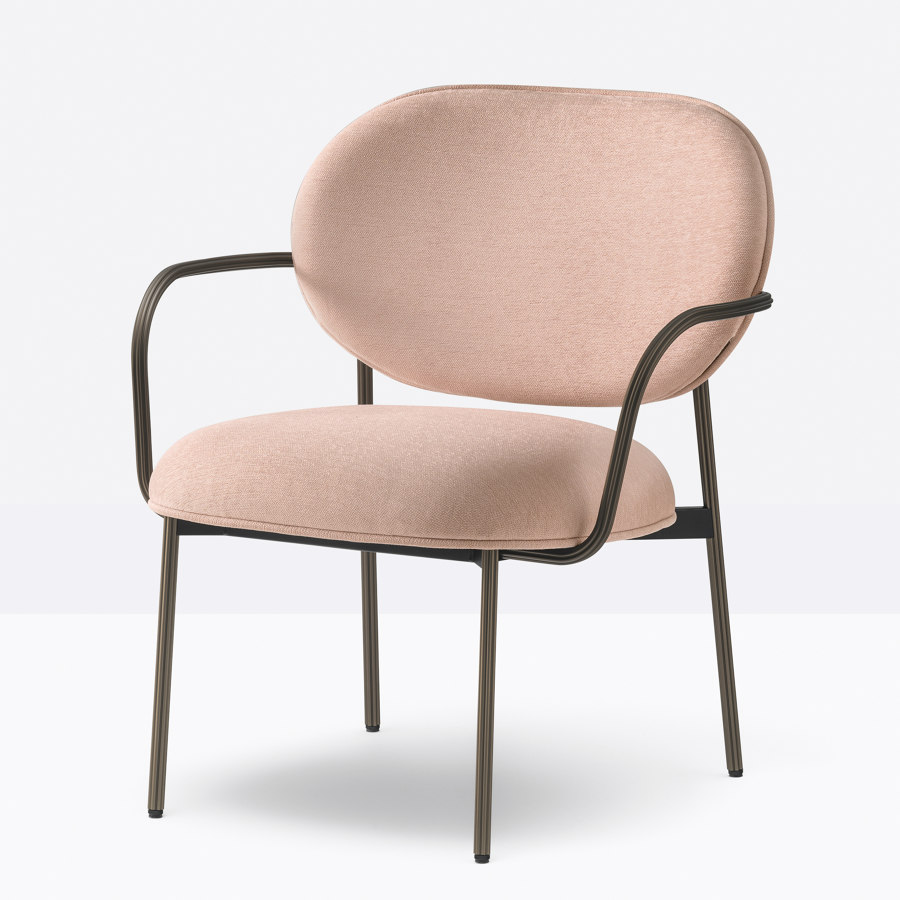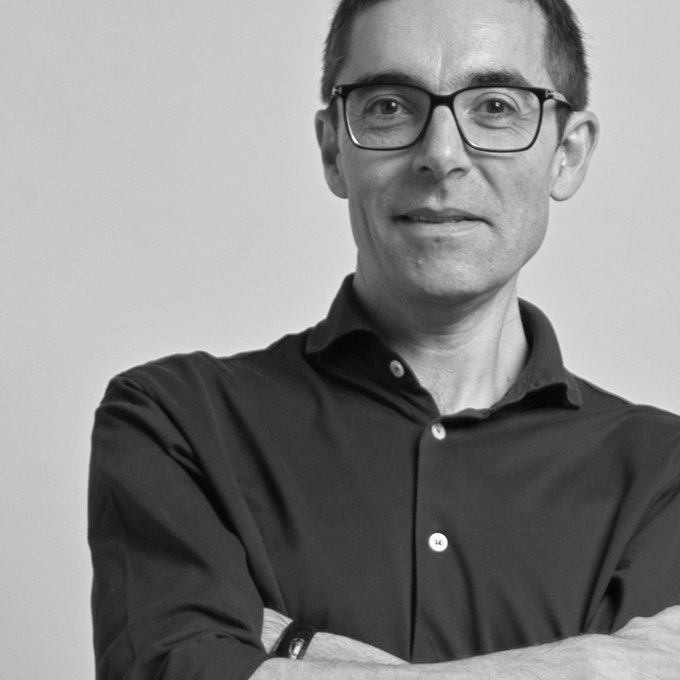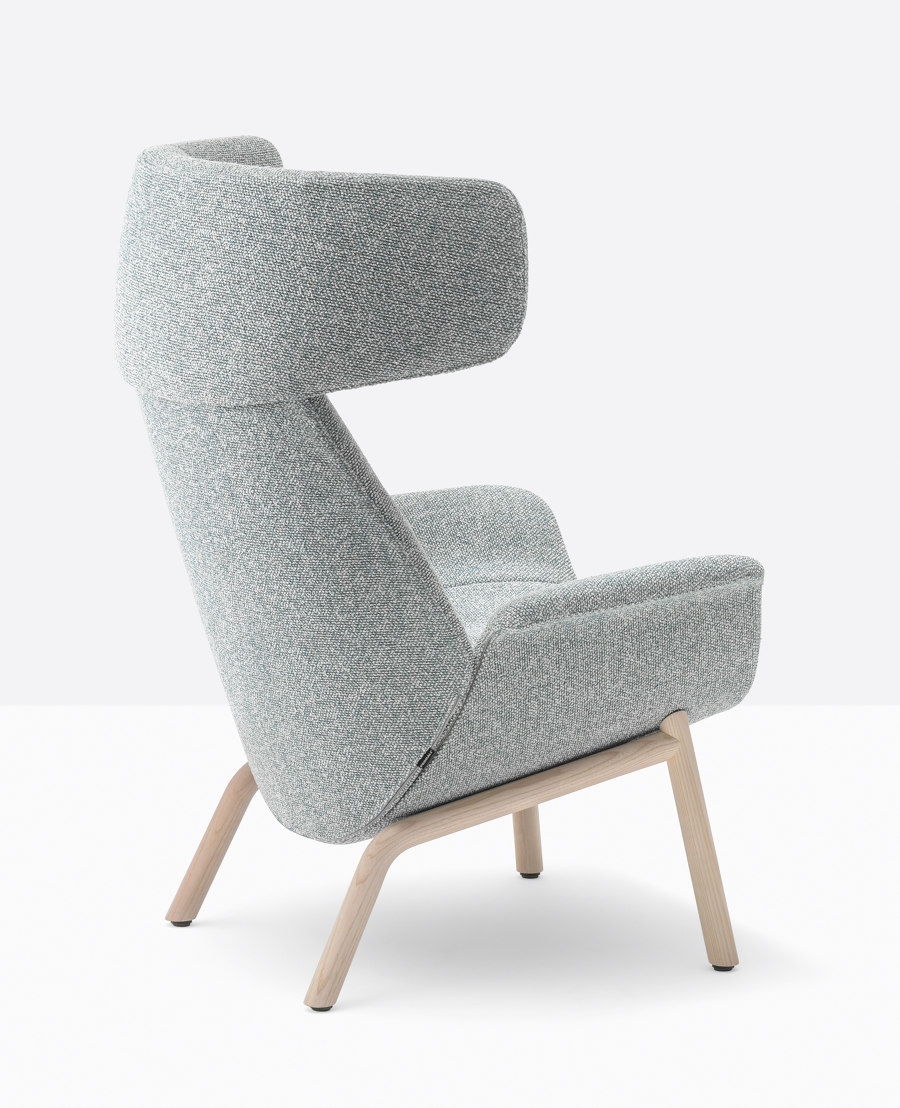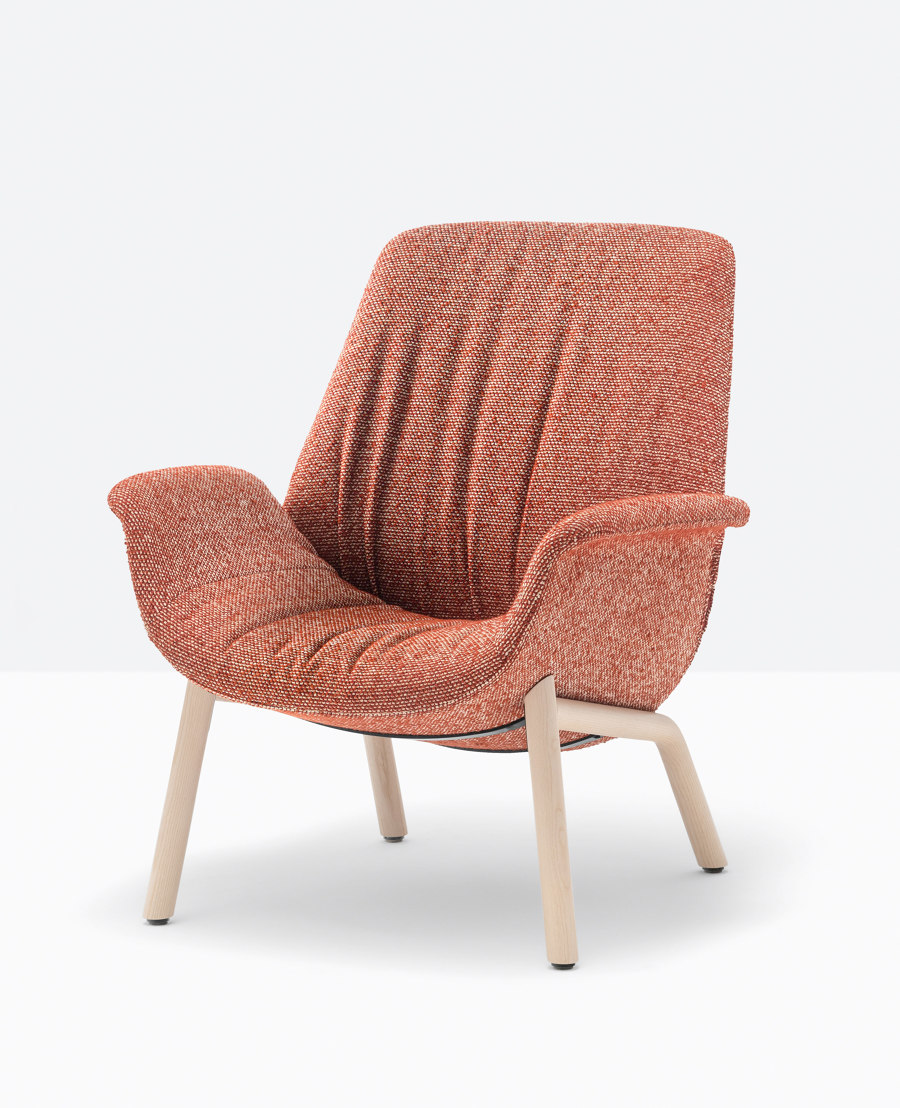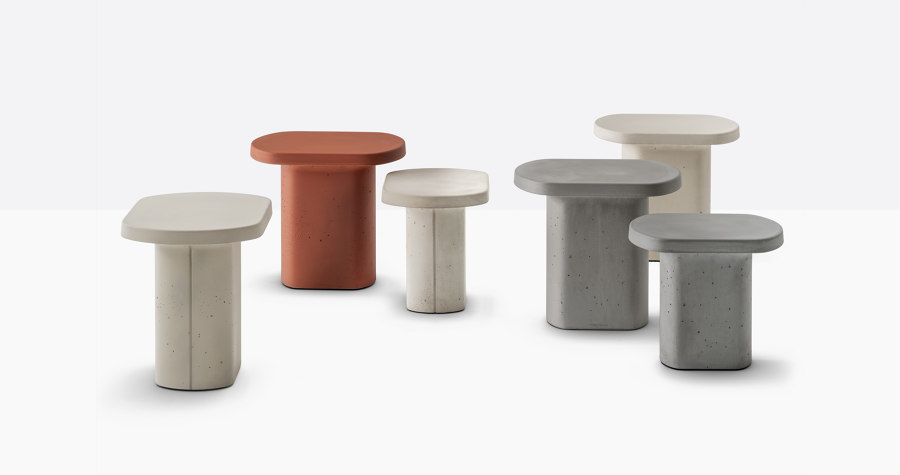How Pedrali’s timeless aesthetic creates furniture that endures
Storia del Marchio di Simon Keane-Cowell
MORNICO AL SERIO (BG), Italia
15.09.21
Aesthetics can be sustainable, too. Clever, timeless design rather than following trends is at the core of Italian furniture specialist Pedrali’s business.
Pedrali's portfolio is full of confident designs, though never overly expressive – and underpinned by numerous environmental certificates which attest to the company's commitment to sustainability

Pedrali's portfolio is full of confident designs, though never overly expressive – and underpinned by numerous environmental certificates which attest to the company's commitment to sustainability
×La bella figura. The Italian notion, or, some might say, philosophy, of looking good at all times, is something I can get on board with. Not that I’m obsessed with outward appearance. But aesthetics, I would argue, have a function when it comes to design, as much utility.
Beauty, of course, is a social construct; its standards vary from culture to culture. And with it the idea of ‘good taste’. But The Look of Things is as much part of the sustainability story as materials, production and the circular economy.
The purveyance of trend-transcending furniture, whose aesthetic consideration actively contributes to its long life, is a stock-in-trade of major Italian player Pedrali. The Bergamo-based manufacturer – which has acquired an enviable reputation over the years for tight, industrially produced (yet hand-finished) designs that guarantee robust performance – has proved it’s in the game for the long-haul, delivering a portfolio of visually confident, but never over-expressive, pieces, all underpinned by a fistful of environmental certifications.
This year, Salone del Mobile returned to Milan in the form of supersalone – a special edition of the trade fair curated by architect Stefano Boeri. As always, Pedrali was there too, 32 years after its first participation
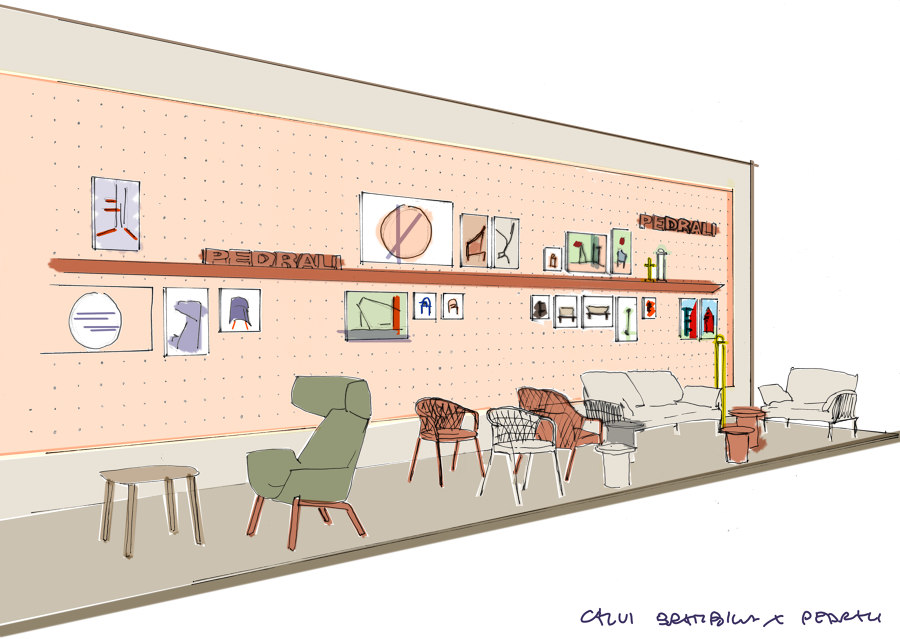
This year, Salone del Mobile returned to Milan in the form of supersalone – a special edition of the trade fair curated by architect Stefano Boeri. As always, Pedrali was there too, 32 years after its first participation
×Sebastian Herkner's new edition of the Blume armchair
Just as the Salone del Mobile is back in 2021 in the form of a special Supersalone exhibition at the Milan fairgrounds – curated by architect Stefano Boeri – so are two key Pedrali design collaborators: Sebastian Herkner and Patrick Jouin. Each has, in turn, revisited a popular product collection for the brand, extending its design language and functionality.
For award-winning Herkner, this took the form of his new BLUME armchair, which builds on the flower-shaped, extruded aluminium profile of the original chair, first launched last year. The new companion, also available in a lounge version, deploys the same rich and rounded, polyurethane- foam upholstery that lends the family its distinctive morphology. New, curved armrests add to the linear expression of the legs and back, while creating a more enveloping proposition for users.
The seat of Sebastian Herkner’s BLUME armchair is reinforced with a structural element made of steel – making it ideal for contract use
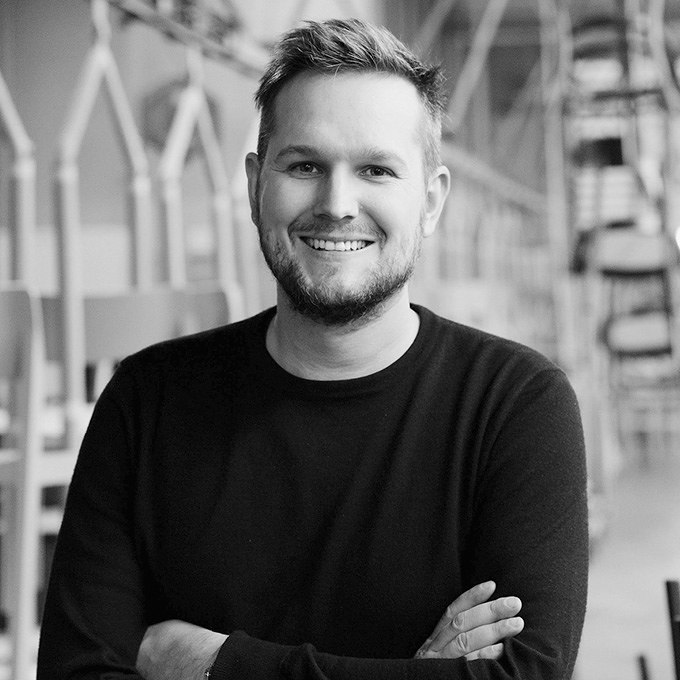
The seat of Sebastian Herkner’s BLUME armchair is reinforced with a structural element made of steel – making it ideal for contract use
×(If you didn’t know it, injected foam is, by its nature, additive, rather than subtractive – as is the case with milled foam, where you start off with a block and whittle it down to your desired shape. The latter is, of course, materially wasteful. What’s more, injected foam is more durable.)
The purveyance of trend-transcending furniture, whose aesthetic consideration actively contributes to its long life, is a stock-in-trade of major Italian player Pedrali
The seat is reinforced with a steel structural element – think performance for contract environments – but is removable at the end of the product’s life cycle, allowing all of the product’s components to be disposed of correctly.
The ILA armchair by Patrick Jouin is now also available with a solid ash frame
Patrick Jouin's armchair ILA adapts to body shape
Patrick Jouin, meanwhile, has reimagined his ultra-comfortable ILA armchair, which first hit the market last year, with a solid-ash, four-leg frame. An alternative to the chair’s original four-leg, steel tube frame or cone-shaped, swivel base, the new iteration has all the cocooning fleshiness, so to speak, of its predecessor, where flexible polyurethane foam adapts to the user’s body. The piece’s outsized headrest once again communicates withdrawal from the outside world, while providing acoustic shielding.
Beyond the use by Pedrali here of FSC-certified wood and water-based paints, the armchair can be fully disassembled, allowing the responsible disposal of its constituents once it has come to the end of its life, as well as a change of upholstery when desired.
The CAEMENTUM collection was born from a collaboration between architect Marco Merendi and industrial designer Diego Vencato. The concrete tables, which are available in three colours and two sizes, have been specially developed for outdoor use
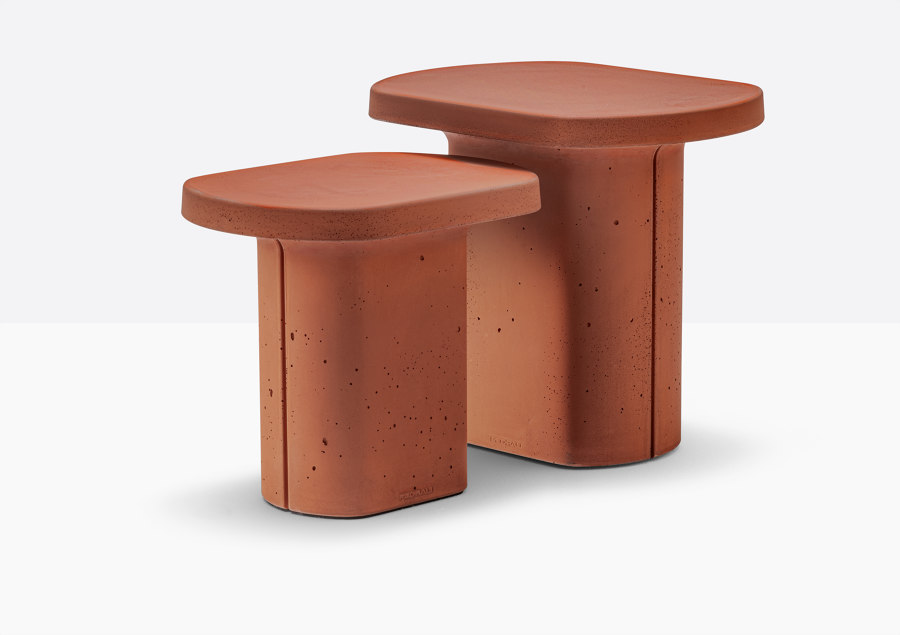
The CAEMENTUM collection was born from a collaboration between architect Marco Merendi and industrial designer Diego Vencato. The concrete tables, which are available in three colours and two sizes, have been specially developed for outdoor use
×CAEMENTUM concrete side tables for outdoor use
New Pedrali products from a new collaboration, too. Architect Marco Merendi and industrial designer Diego Vencato have collaborated on a new collection of coffee tables, called CAEMENTUM. Monolithic in form, the monoblock concrete tables, available in three colours and two sizes, have been developed specifically for outdoor usage. But while they are robust and offer low permeability thanks to judiciously selected additives, their surface finishing provides a pleasing haptic smoothness.
Inside, the base is hollow, making them easy to move, and a nylon foot protects the surfaces onto which they are placed. And, once again, in production terms, only water-based materials and natural powders have been used as part of Pedrali’s demonstrable commitment to sustainability.
La bella figura clearly works on the inside, too.
© Architonic



